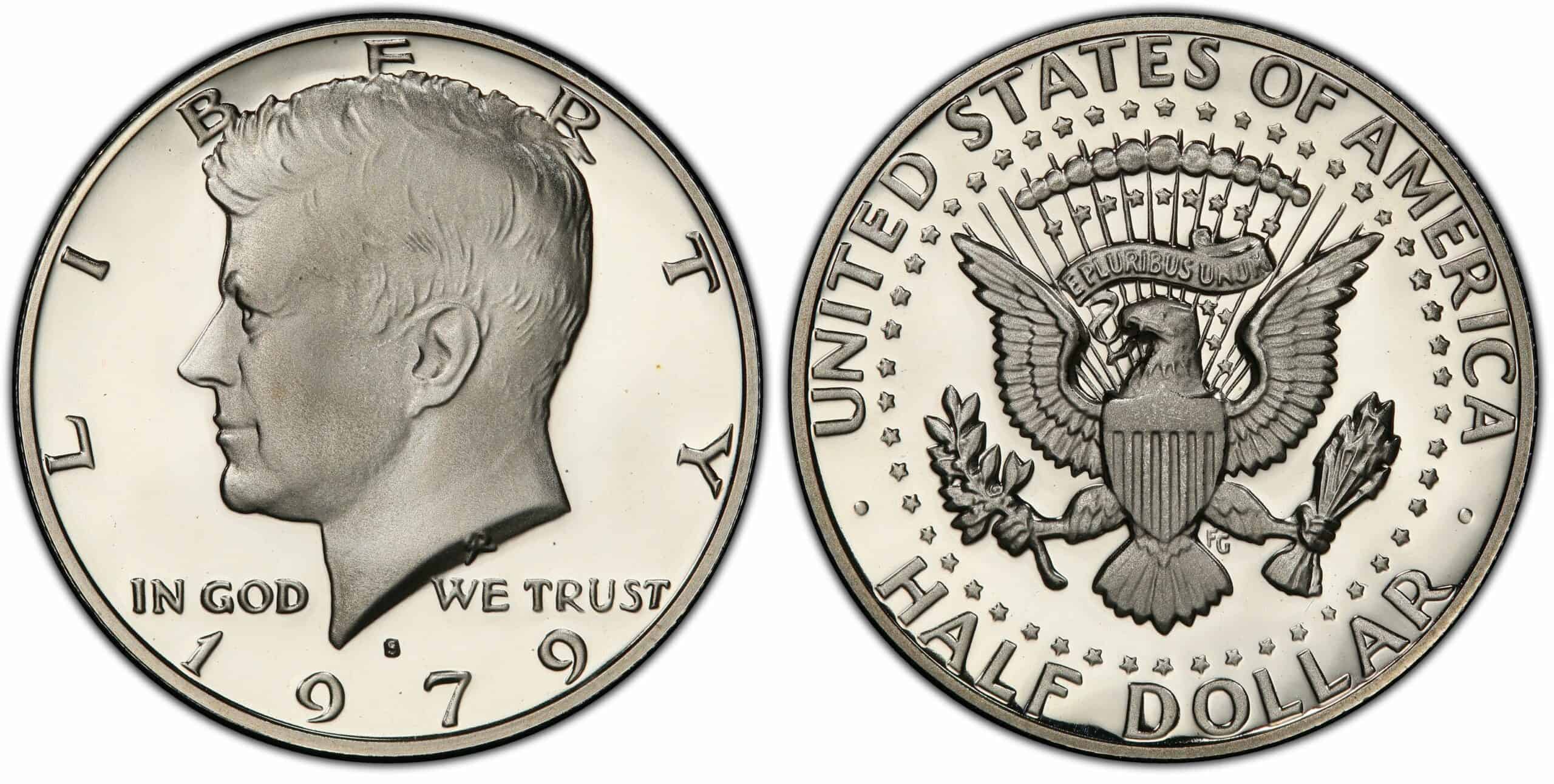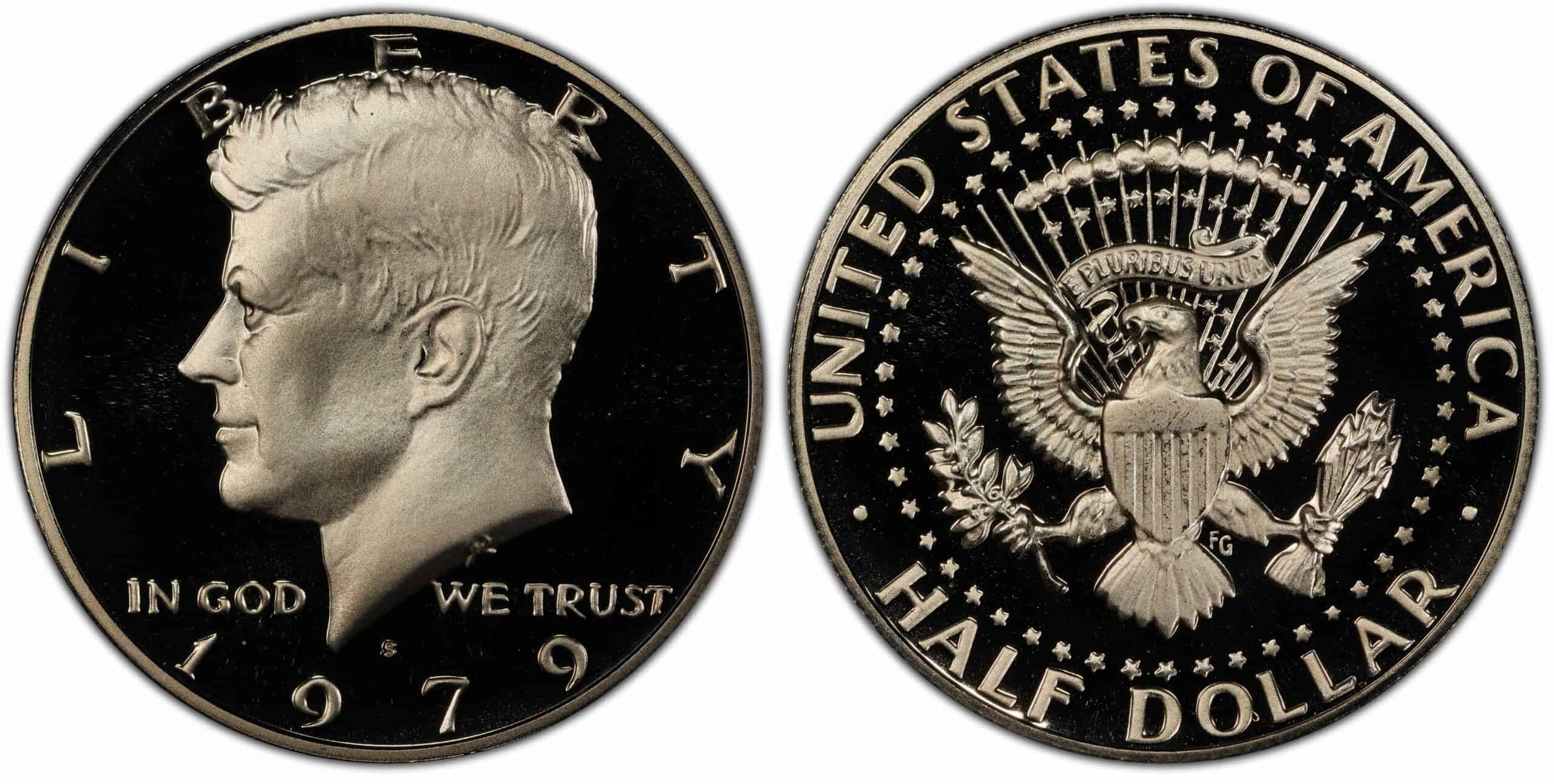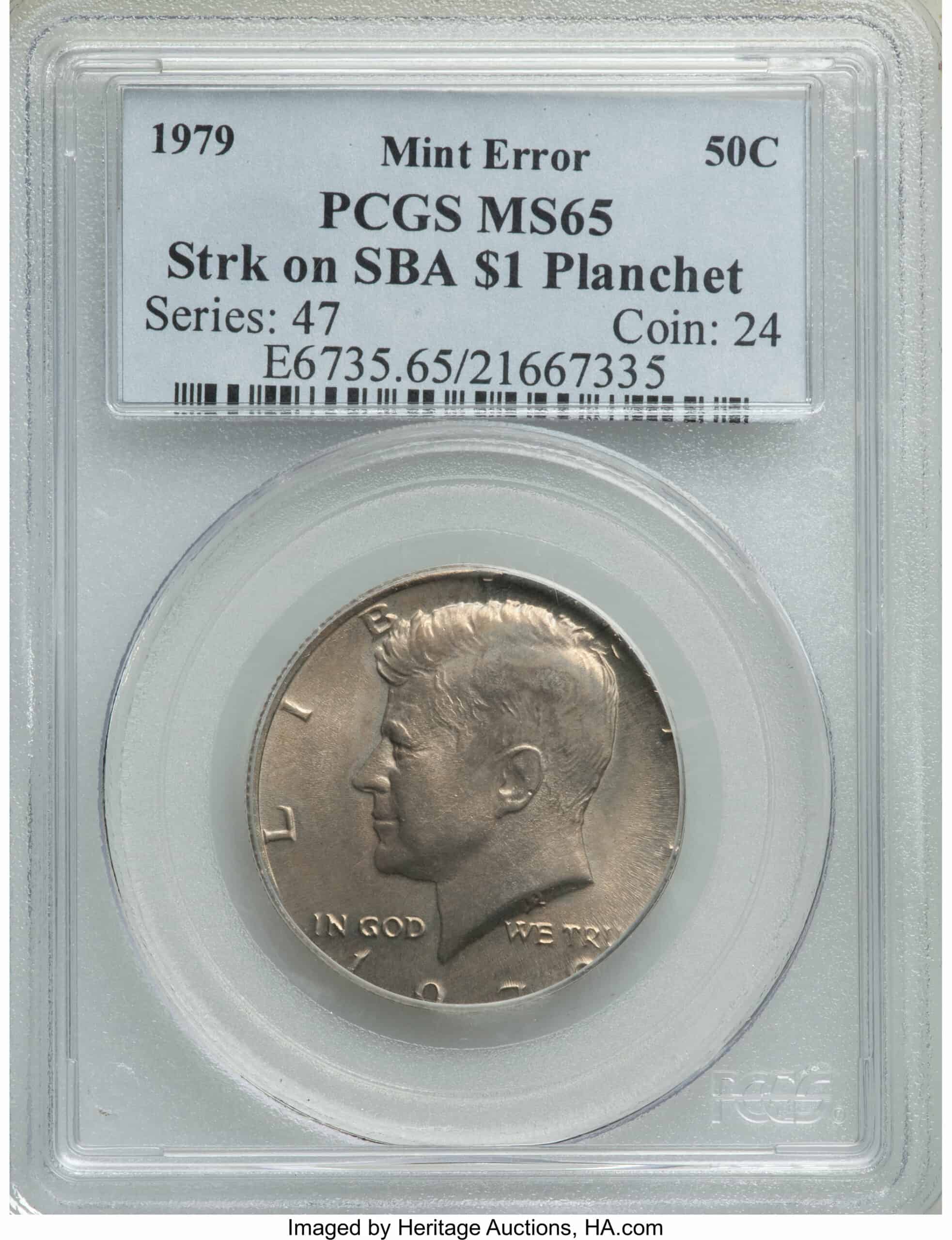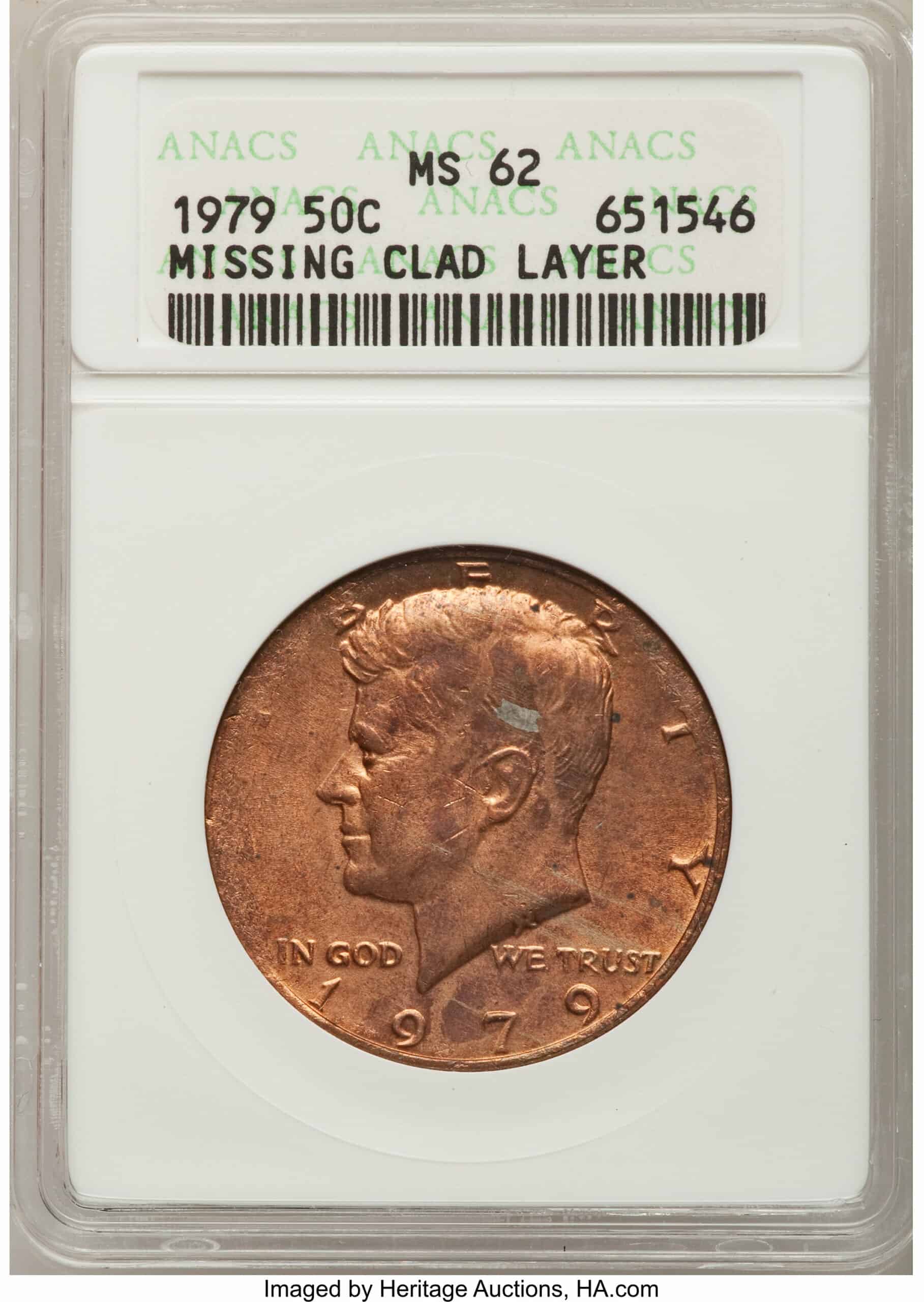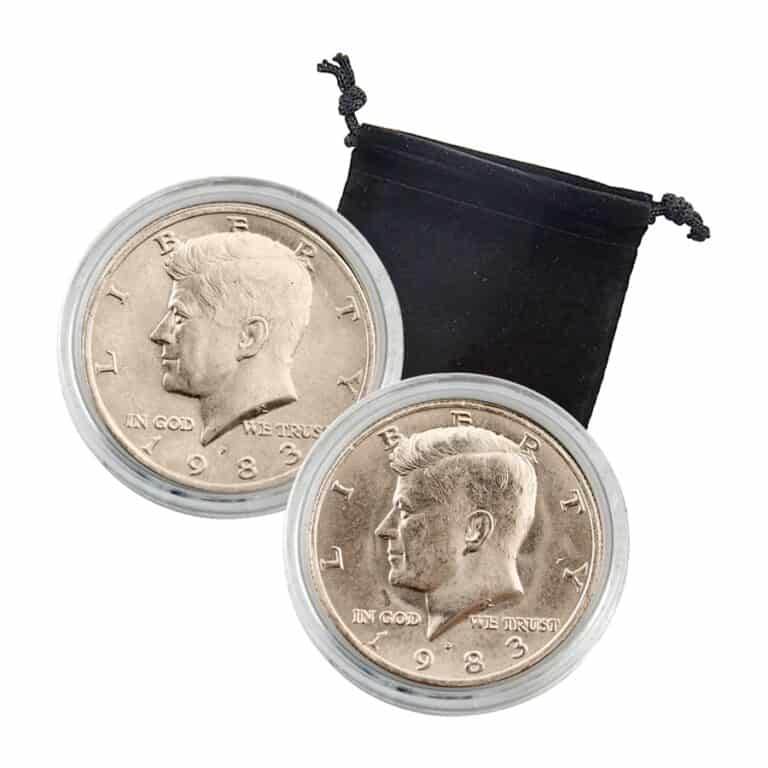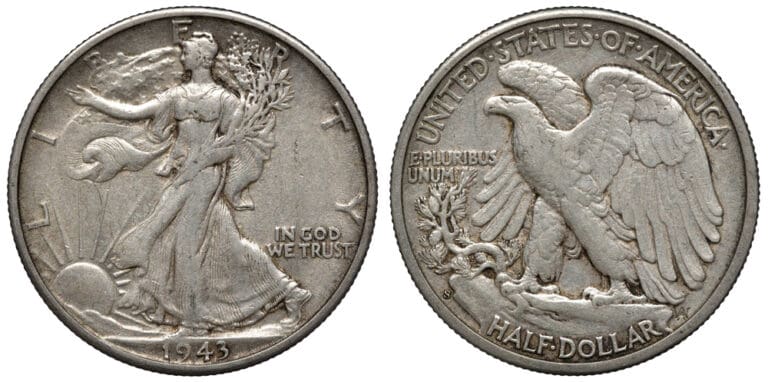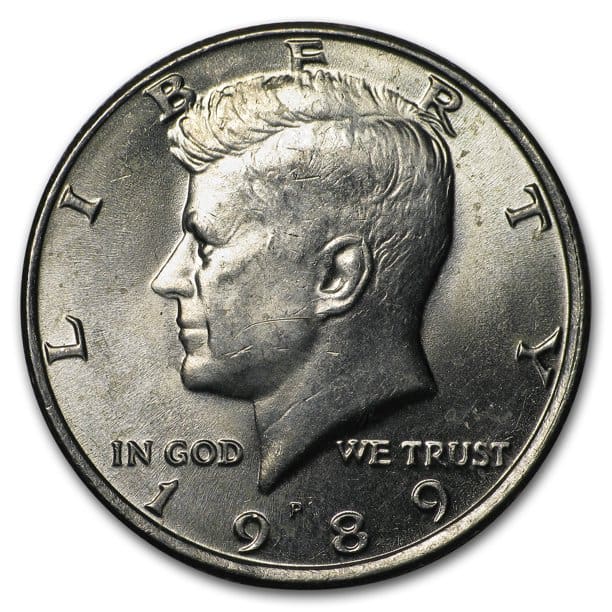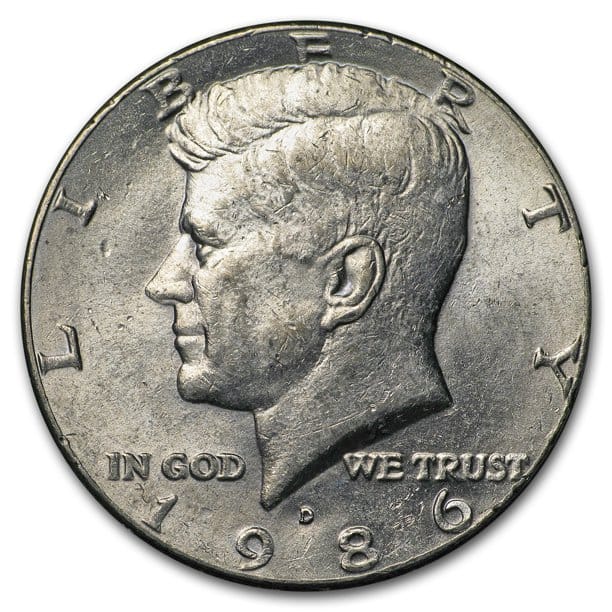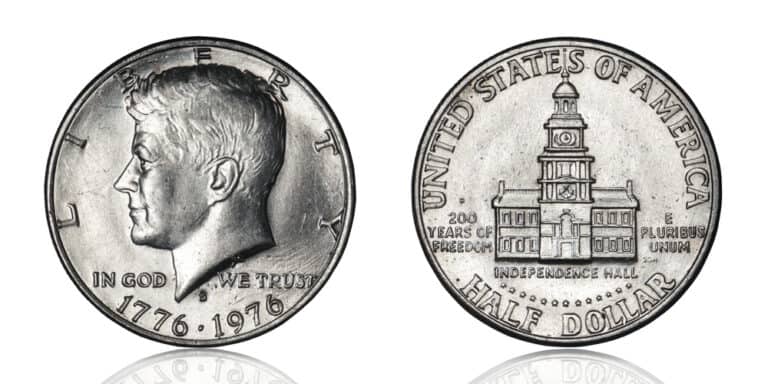1979 Half Dollar Value: How Much Is It Worth Today?
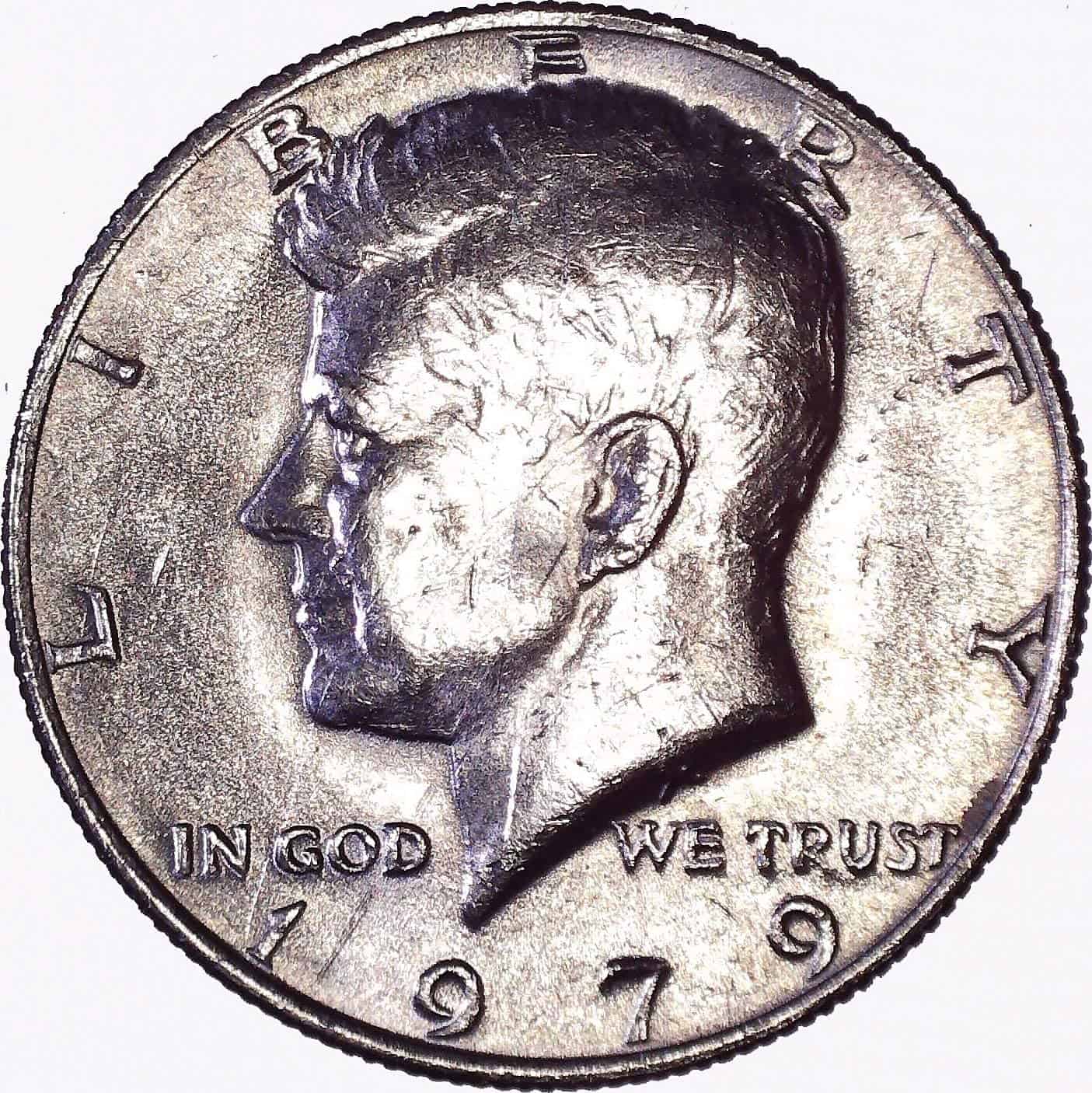
Like all other coins from the series, the 1979 Kennedy Half Dollar is an elegant coin. It was produced in high quantities, which doesn’t make standard pieces that rare. However, you can find highly preserved samples of these coins that can be extremely valuable.
Most coin collectors would love to acquire this coin to complete their collection. In your guide to the 1979 Half Dollar Value, we will share everything you need to know about the piece, such as its history, value, varieties, errors, and more.
So without further ado, let us look into the world of the 1979 Half Dollar Value!
1979 Half Dollar Chart
| Coin Grade | Good | MS/PR65 | MS/PR67 | MS/PR70 |
| 1979 No Mint Mark Half Dollar | $1 | $100 | $300 | N/A |
| 1979 D Half Dollar | $1 | $100 | $400 | N/A |
| 1979 S Half Dollar Type 1 | $5 | N/A | $10 | $600 |
| 1979 S Half Dollar Type 2 | $5 | N/A | $20 | $150 |
1979 Half Dollar Value by Mint Mark
The 1979 Half Dollar comes from a line of half dollars dating back to 1963. Congress decided to approve the redesigning of the half dollar following the tragic death of President Kennedy. The coin replaced the Franklin Half Dollar, which had only been in circulation for 16 years.
The 1979 Kennedy Half Dollar has edges consisting of 150 reeds. It has a diameter of 30.6mm, a thickness of 2.15mm, and weighs 11.34g. Each clad piece features a center made of pure copper plus an outer layer of copper combined with 8.33% nickel.
The entire mintage in 1979 was 87,804,597 and therefore, they are easily found today. However, these coins can be highly valuable. Let’s find out more by looking into the varieties of the 1979 Half Dollar.
1979 No Mint Mark Half Dollar

The Philadelphia Mint produced 68,312,000 halves without a mint mark, and most of these are affordable and abundant on the coin market. This is the reason why 1979 No Mint Mark Half Dollars are sought after by new collectors and those with a limit on their budget.
1979 No Mint Mark Half Dollar is quite a common piece in most grades. When the coin is in circulated condition, it usually means it is more common since it is used in commerce. Additionally, the coins in uncirculated condition with grades ranging from MS60 to MS64 are also present quite easily available.
It is interesting to note that no Kennedy Half Dollar is considered rare on its own as plenty of them were made each year. However, any piece with a grading that is higher than MS66 or 67 is considered a rarity.
You can acquire an average-grade piece at about $1, while mint state samples can go from $5 to $650. Then for the very few pristine pieces, these can go for as high as $4,100 per piece.
When you are looking at coins with an MS65 grade or higher, most of the samples likely came from rolls and bags, or mint sets.
Things get scarcer when looking for these coins in MS66 condition, but there are probably thousands of samples still out there. In MS67 grade, there are around 100 known samples available. Prices still generally aren’t that high, as the average MS67 coin will sell for around $300.
If you are trying to find a 1979 No Mint Mark Half Dollar in MS68, they are extremely rare and may not even exist.
The auction record for this variety may surprise you. There was a 1979 No Mint Mark Half Dollar in MS64 condition that was sold for $4,113 in a 2013 auction, which is unusually high for a lower grading.
1979 D Half Dollar

The Denver Mint was able to produce 15,815,422 half dollars in 1979, and each of the coins feature a “D” mint mark on their obverse, just above the inscription date.
Due to their high mintage, the coins are still easily available, and you can acquire them at low prices. However, since these were produced in lower quality than Philadelphia half dollars, they are usually a little more valuable.
It is good to note that the 1979 D Kennedy Half Dollar has one of the lower mintages of all Denver Half Dollars. However, pieces up to MS66 are still quite easy to obtain, yet those with an MS67 grade are scarcer and more challenging to acquire.
When it comes to grades that are higher than MS67, these coins are rare and highly desired by serious collectors of Kennedy Half Dollars.
You can acquire a piece that has a mint state grade at a mere $1, but as you reach the higher levels of mint state, prices can quickly increase.
Coins with a grade of MS67 can go as high as $400 to $800, with most of those being towards the lower end of that scale. In a 2023 auction, a 1979 D Half Dollar in MS68 condition was sold for $5,750, which is the record for such as coin.
If you have one of these coins, then you’re in luck. However, it’s important to note that an MS68 coin is in near-perfect condition. Even if your coin looks new, you may be disappointed in the grading that it receives.
1979 S Half Dollar
In 1979, two mints above that created the Kennedy Half Dollars were meant for regular circulation. However, the San Francisco Mint only produced proof coins. Interestingly, these San Franciso coins can be divided into two types, which we’ll explain later.
Proof dollars are meant for collectors and archiving, and therefore are expected to be in excellent condition. If you have a proof coin that has any form of damage and wear, then it will only be worth its face value.
These proof coins are shinier and more detailed than those from the Philadelphia and Denver Mints. Some people love collecting proof coins for this reason, whereas others love the idea of collecting perfect coins that were meant for circulation.
Including both types, San Francisco Mint struck 3,677,175 half dollars in 1979. While much less than the other two mints, the fact that these coins are meant to be stored and kept in perfect condition keeps their value modest.
These half dollars feature the “S” mint mark at the top of the date inscription. Interestingly, the mint marks that appear on the pieces do not always look the same, which has led to the two different types we referred to earlier.
In mid-1979, the obverse hubs for the Kennedy Half Dollars were replaced by the mint, leading to the coins having a change of appearance halfway through their production.
The first type is the 1979 S Kennedy Half Dollar Filled S which has a smaller mint mark than what is on Type 2. Additionally, its mint mark is also partially filled. This happened because the punch used to put these mint marks on the hub was overused and worn. As a result, the mint marks appeared more like blobs than an “S.”
The second type is the 1979 S Kennedy Half Dollar Clear S which has a more detailed “S” mint mark. This piece features a slim, clean-cut “S” mint mark because the newer hub has a clearer mint mark.
The Type 1 coins are typically affordable and usually range from $3 to $35 depending on their condition and preservation level. However, at the highest grading levels, prices can get much higher, and a perfect example of a Type 1 coin can often sell for around $600.
On auction records, the Kennedy Half Dollar Type 1 with a PR70 grade was sold for $1,208 in 2003. There is a more expensive piece Type 2 coin, which was valued at $3,738 at an auction in 2007. It is the Kennedy Half Dollar Type 2 in PR70 with a deep cameo contrast.
It’s that deep cameo contrast that enhanced its value, which probably means it was one of the first coins struck on the new hub. This gives it even more exceptional details than coins that were struck later in production.
Even though Type 2 has an auction record, the average price for a PR70 Type 2 is lower than Type 1 at around $150. This is most likely due to there being many more perfect Type 2 coins being available and therefore, they aren’t as rare.
1979 Half Dollar Grading
Coins from all years are evaluated using a grading system that ranges from 1 to 70, with 1 being the lowest quality and 70 the highest. That means the 1979 Half Dollars need to be in excellent condition to hold any significant value.
The grading system is typically denoted by two letters, either MS for mint state or PR for proof coins, followed by a numeric grade. MS coins are originally intended for circulation, making it uncommon to find them in perfect condition.
1979 Half Dollar Errors
Kennedy Half Dollars struck in 1979 do not have many errors. That is bad news for some collectors, as some prefer to acquire only imperfect pieces. Let’s look more closely at the common errors in these coins.
1. Anthony Planchet
This year’s coins have a rare error that was unintentionally struck on the so-called Susan B. Anthony planchet. The planchet was a bit smaller compared to the die. Due to this, some details were absent when struck with Kennedy die.
2. Improperly Annealed 1979 Half Dollar
When this error happens, you will receive a coin featuring a red layer of copper. This happens because of the migration of copper molecules onto the coin’s surface. There are times when you will even see the red copper layer peel off to reveal an entirely blackened surface.
The layer we speak of can be thin or thick; plus, you may also find black, red, brown, or gray spots instead of a complete layer. But whatever the case, this type of error adds a slight value to your coin.
3. Broadstruck 1979 Half Dollar
These errors can happen when the piece is struck without a collar and then spread out further than it should. The broadstrike error can slightly boost the value of your 1979 Half Dollar coin. For example, a coin that has this error and an MS65 grade can sell for about $20.
4. Missing Clad Layer
This is a self-explanatory error that involves coins not featuring the clad they are supposed to have. In 1979 Half Dollars, appear with pure copper red sides. However, remember that pieces that have this error are thinner and weigh less than how they should.
5. 1979 Half Dollar Struck Off-Center
When a coin is not properly set on its dies, you will receive a partially struck piece. When an incomplete design appears, the error becomes an off-center strike, and when these are more off-center, the coins become even more valuable.
As such, a coin with a 70% off-center strike is more valuable compared to one with a 10% off-center strike. A 1979 Half Dollar with an MS61 grade featuring a 10% struck off-center can sell for more than $560.
1979 Half Dollar – FAQs
1. How much is 1979 Half Dollar worth?
Most of these coins are inexpensive pieces, and their value depends on their quality, with prices usually ranging from $0.50 to $20. However, if you have a coin in perfect condition, then its value can jump to $600 or more.
2. What makes a 1979 Kennedy Half Dollar rare?
There are two ways that a 1979 Kennedy Half Dollar could be considered rare. Firstly, it would be if they are at the very highest levels of grading at MS67 or MS68. Secondly would be if they have any rare errors, such as those stamped onto Susan B. Anthony planchets.
3. Is a 1979 Half Dollar made of silver?
No. The 1979 Half Dollar is mostly made out of copper, with a small amount of nickel included for its shiny appearance. Silver was removed from circulated coins in the mid-60s due to the rise in the price of valuable metal.
